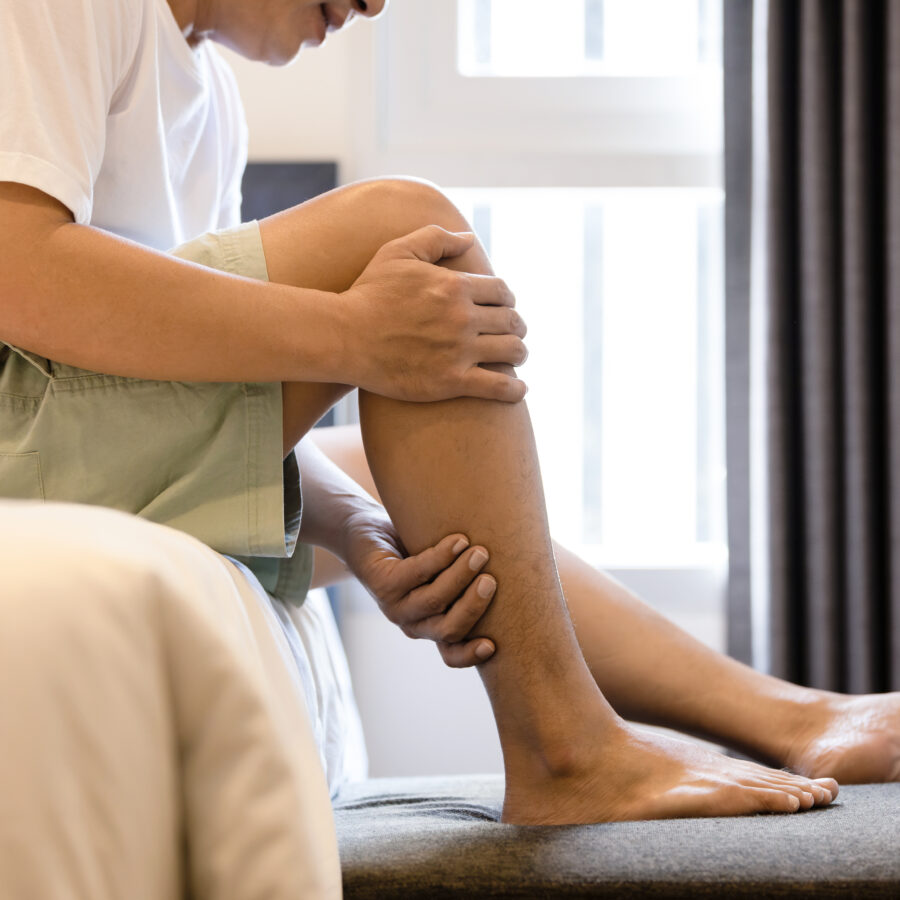
What is Superficial Venous Insufficiency?
Superficial venous insufficiency (SVI) is a progressive condition that may start with minimal signs and symptoms, such as cosmetic changes like varicose veins, spider veins, or swelling.
As venous disease worsens, people may develop more debilitating symptoms or other complications.
Symptoms of SVI
- Swelling causing discomfort and pain of the legs, feet, and/or ankles
- Tired, heavy legs, that make walking and regular activity difficult
- Visible varicose veins
- Restless legs and night cramps
- Leg, feet, and/or ankle swelling that progresses as the day goes by
- Skin changes and/or discoloration and redness
- Deep throbbing or diffuse pain after prolonged standing
- Open sores or ulcers on the legs, located above the ankle, that will not heal
Risk Factors
Know your RISK FOR SVI
Venous disease is much more common than arterial disease. Superficial venous insufficiency may sound dangerous, but it is rarely life or limb threatening; however, there are certain conditions that increase the likelihood of having this condition.
These can include:
- Family history of venous disease
- Previous trauma or injury can damage veins, making it more difficult for them to move blood
- Gender can play a role as women are twice as likely to develop the condition as men
- Medications such as birth control and infertility drugs can increase estrogen and progesterone, hormones that are associated with higher risks for spider veins
- Pregnancy can put pressure on a women’s pelvic area and veins, resulting in spider and varicose veins
- Other medical conditions like obesity, prior deep venous thrombosis (DVT), phlebitis and history of prolonged standing
Diagnosing SVI
To confirm an SVI diagnosis, your doctor may use a combination of a physical exam, medical history, and one or more of the following tools:
- Duplex ultrasound to examine blood flow in the legs
- Venography, a type of x-ray, to obtain a detailed look at the veins
What are the treatment options?
Depending on the severity of your condition, treatment options may include lifestyle changes such as maintaining proper weight, elevating your legs when resting, not sitting or standing for long periods of time, and wearing compression stockings.
In some cases, the vascular surgeon will recommend additional treatments.
- Ablation therapy which uses energy to close down larger varicose veins
- Other non-thermal treatments: Venaseal (glue), Varithena (foam)
- Sclerotherapy which uses injected medication to block flow to the diseased vein
- Phlebectomy, a surgical procedure to remove larger veins